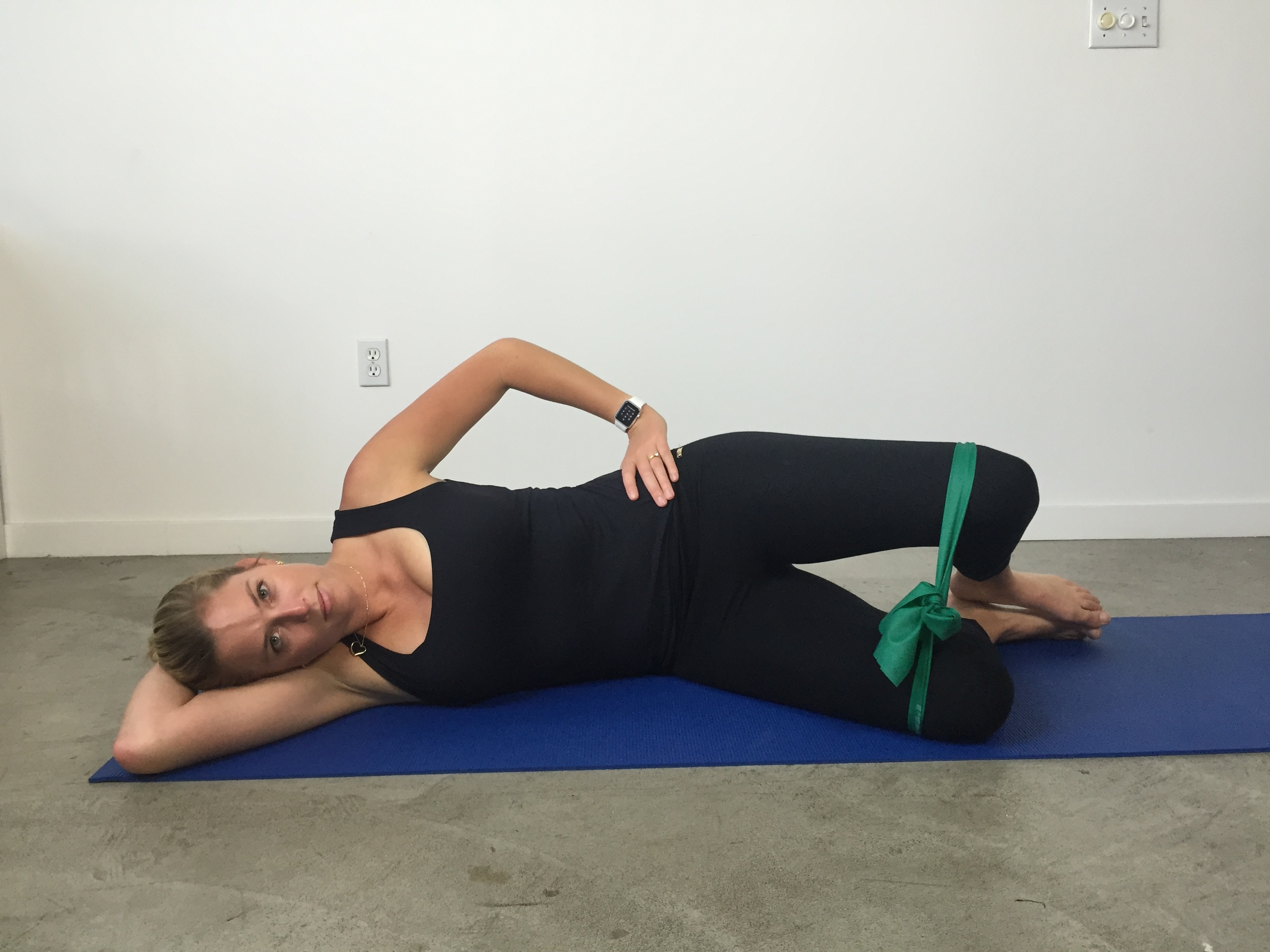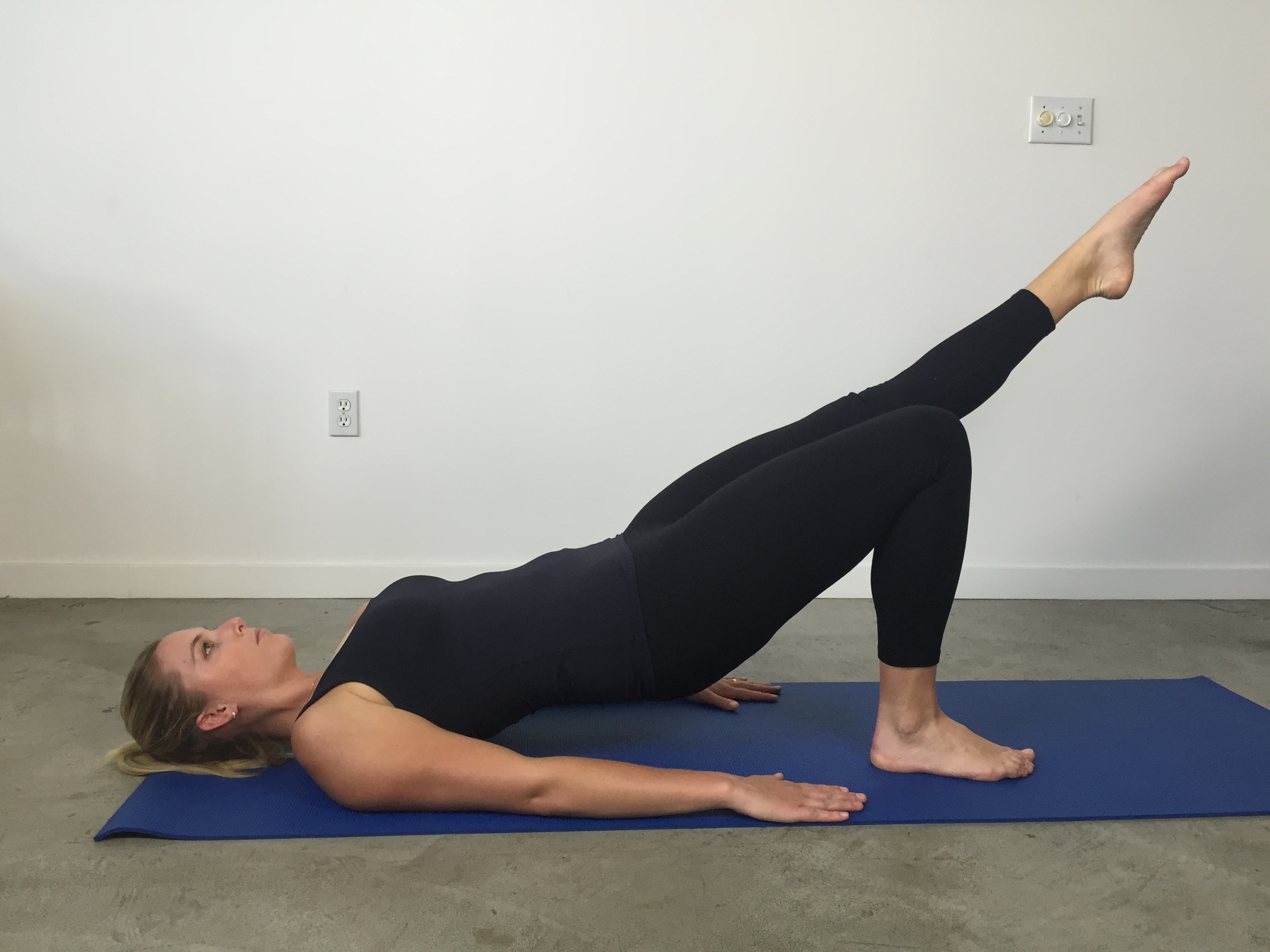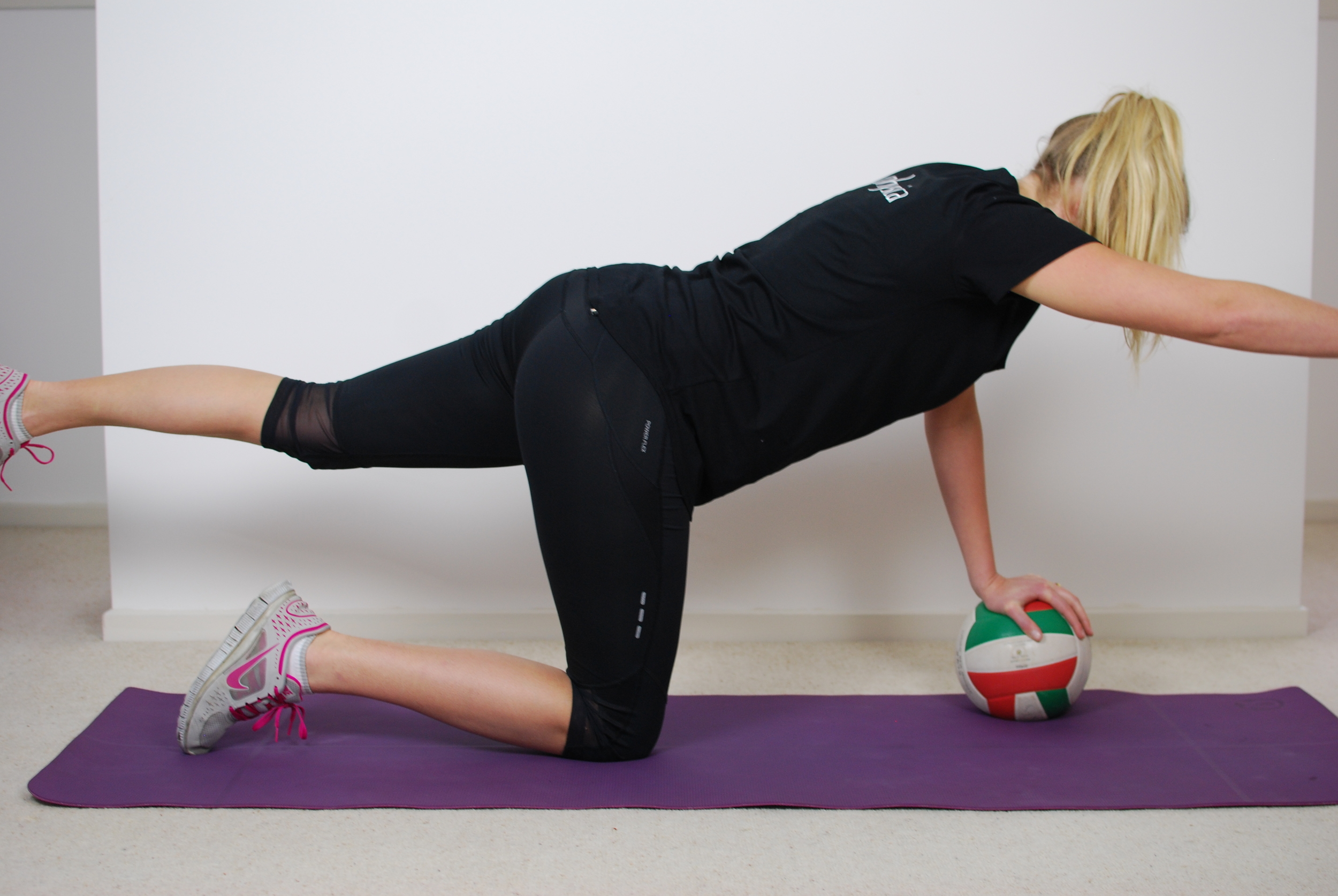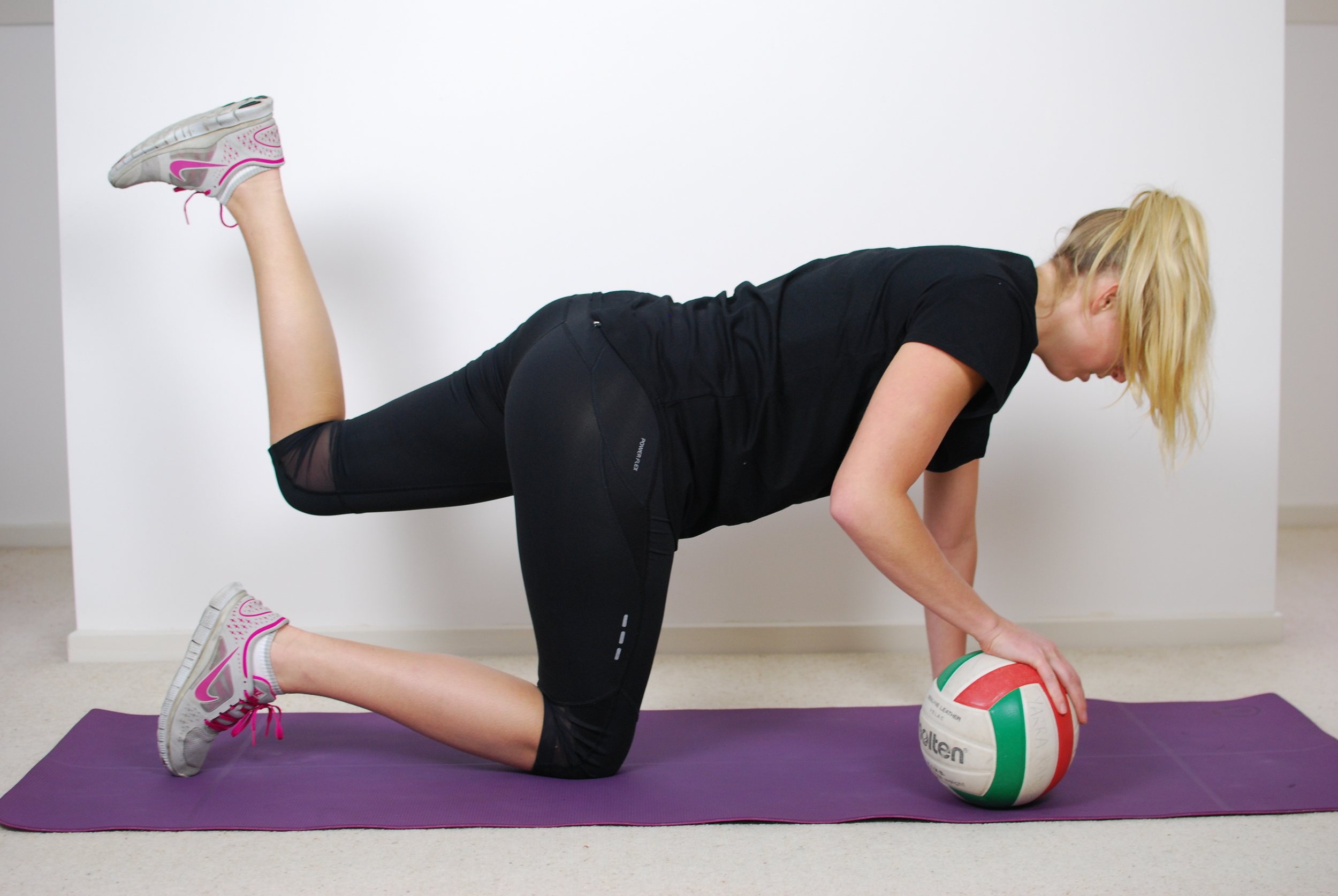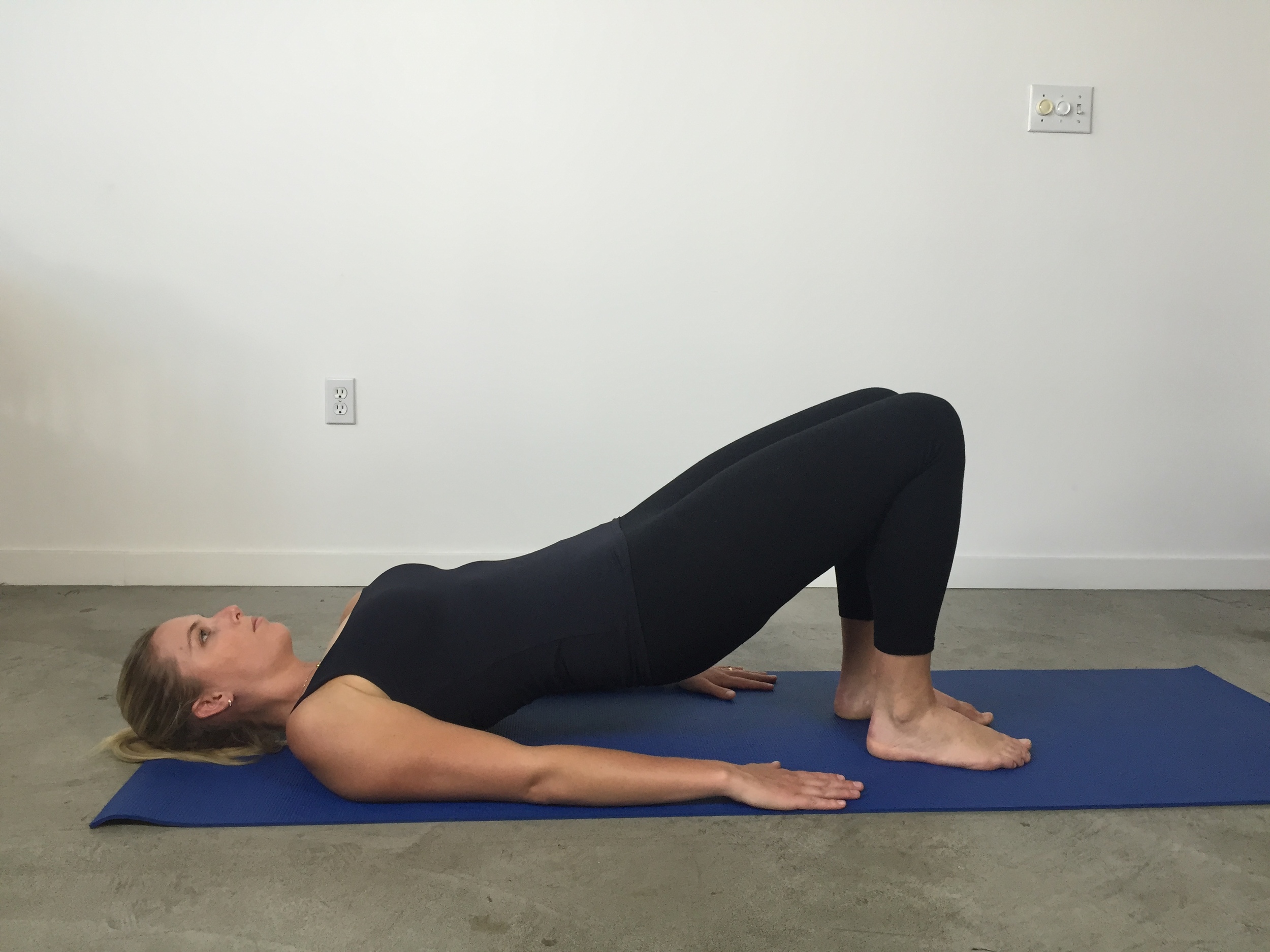Which exercises target the Gluteal Muscles while minimizing activation of the Tensor Fascia Latae?
The purpose of this blog is to summarise the key findings from the article published by Selkowitz, Beneck & Powers in 2013 on the use of exercises to retrain gluteal control. As a physiotherapist, I am often asked the question of how to best retrain gluteal muscle function. There are so many varieties of training available today, including Pilates reformers, redcord systems and weights, that it can be hard to specify which form training is more specific.
The results of this article is specifically applicable to retraining the superior portions of gluteus maximus, gluteus medius and tensor fascia latae. The question I hope to answer is "How do we do that?"
For many years now hip strengthening and biomechanics retraining has been a part of rehabilitation programs for lower back, hip joint, knee and other lower limb injuries. There is a large amount of evidence that exists to support that "there is significant weakness in hip abduction, external rotation, and extension, with associated increases in hip internal rotation and hip adduction, during functional tasks in persons with patellofemoral pain compared to pain-free individuals" (Selkowitz et al., 2013. p. 54).
The purpose of this trial was to examine the muscle activation patterns of the gluteal muscles and tensor fascia latae (TFL) during exercises commonly prescribed for rehabilitation, using fine-wire electrode EMG. The authors highlight two main methodological flaws existing in previous research: the use of surface electrodes, and the lack of monitoring of simultaneous TFL activity. The authors have addressed both of these limitations through the use of fine-wire electrode EMG, which enables researches to evaluate muscle activity of both TFL and gluteal muscles, while minimising cross talk occurring from neighbouring muscles. The outcome of the study would be to provide information as to which of the below 11 exercises maximise the activation of GMed and Sup-Gmax while minimizing the activation of TFL.
The study included 20 healthy volunteers between the age of 18-50 were recruited from Californian- based universities and communities, who were eligible for the trial if they had no prior or current history of any neurological conditions or musculoskeletal injury of the trunk or lower limb.
The authors used the following positions to test individual muscle maximal voluntary contractions:
- Sup-Gmax = prone hip extension against resistance with the knee bent to 90 degrees.
- Gmed = side lying abduction to 30 degrees against resistance, with the hip and knee in 0 degrees flexion.
- TFL = Side lying hip abduction to 30 degrees against resistance, with the hip in 45 degrees hip flexion.
Following EMG testing for each muscle (as above), the volunteers performed the following 11 exercises in random order.
- Hip abduction in side lying
- Clam with theraband resistance around the thigh.
- Bilateral bridge
- Unilateral bridge
- 4PK hip extension with patient balancing on elbows with the knee extended
- 4PK hip extension with the patient balancing on elbows with the knee flexed to 90 degrees.
- Forward lunges with lunge erect
- Squat
- Side stepping (crab walking) with theraband around thighs
- Hip hitching off the edge of the step
- Forward step up.
(Selkowitz et al., 2013. p. 65)
To summarise the results of this article in 4 points:
- The majority of the above exercises will preferentially activate the gluteal muscles over TFL.
- To preferentially target GMED, side lying hip abduction and hip hitching off the edge of the step provide the greatest activation. This activation pattern however, is greater than that of TFL but not in isolation to TFL.
- Sup-Gmax is maximally recruited during a clam and secondly during a unilateral bridge.
- Clam, side step, unilateral bridge, 4PK hip extension (straight knee), 4PK hip extension (bent knee), bilateral bridge and squat all showed statistically significant higher normalized electromyographic signal amplitude than the TFL. These exercises are also been written in order amplitude of gluteal activation and all have 50% more activation in the gluteal muscles compared to TFL.
In clinical practice we have access to a large variety of training equipment. The results of this study reinforce that the primary movement should be kept in mind when determining which exercise is most appropriate for rehabilitation, and use equipment to provide variations and sport-specific modulations. Over all, these above eleven exercises can be used to provide an effective, low-cost, and easy-to-teach independent rehabilitation program for gluteal function, across a variety of musculoskeletal conditions
Sian
References:
Selkowitz, D. M., Beneck, G. J., & Powers, C. M. (2013). Which Exercises Target the Gluteal Muscles While Minimizing Activation of the Tensor Fascia Lata? Electromyographic Assessment Using Fine-Wire Electrodes. J Orthop Sports Phys Ther, 43(2), 54-64.


